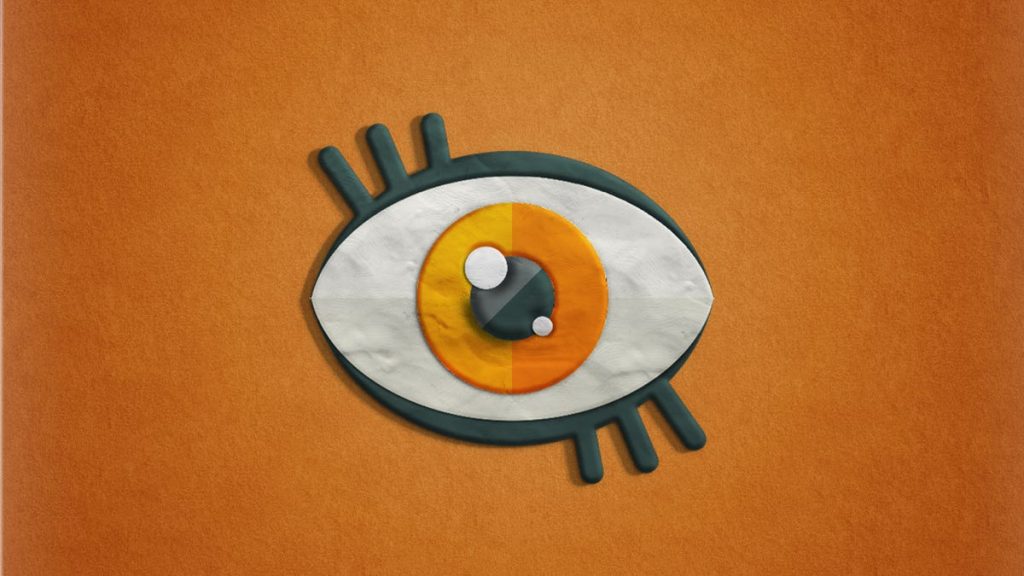The British Journal of Ophthalmology recently published research on myopia, or nearsightedness, in children, revealing that about one-third of kids and teens have trouble seeing at a distance. Rates of myopia are increasing, especially due to the amount of time spent indoors looking at things up close, which may be affecting young and developing eyes. Researchers predict that by 2050, half of the world’s population will be nearsighted. Genetics play a role in vision, but environmental factors such as increased screen time and indoor activities are also contributing to the rise in myopia.
Children born slightly farsighted may need vision correction to help them see closer up and reduce the risk of eye strain. Nearsightedness develops as the eye grows longer than normal during childhood. There are treatments available for children with slight myopia, such as orthokeratology and low-dose atropine drops, which can help control the progression of myopia. Spending time outdoors has been shown to decrease the risk of myopia developing in children. The effectiveness and risks of these treatments are still being researched, but early intervention can slow the progression of myopia.
The sweet spot for myopia is around 3 diopters, where vision is adapted to the environment but not at a risk of eye diseases. Treatments for myopia control include orthokeratology and specific soft lenses approved by the FDA. Spending time outdoors has also been shown to reduce the risk of myopia developing in children. The exact reason behind why spending more time outdoors curbs myopia growth is still unclear, but physical activity may also contribute to overall eye health.
Age-related presbyopia, which causes blurry vision up close, is common in midlife. The crystalline lens in the eye becomes less flexible with age, leading to difficulty in focusing up close. While there is no treatment for presbyopia, reading glasses, contacts, and over-the-counter eye drops can help make short distance viewing easier. Progressive lenses are another option for those who already wear single-vision glasses. With the rise in technology and longer lifespans, the future of eye health remains uncertain, but our eyes may continue to adapt to the changing world.












